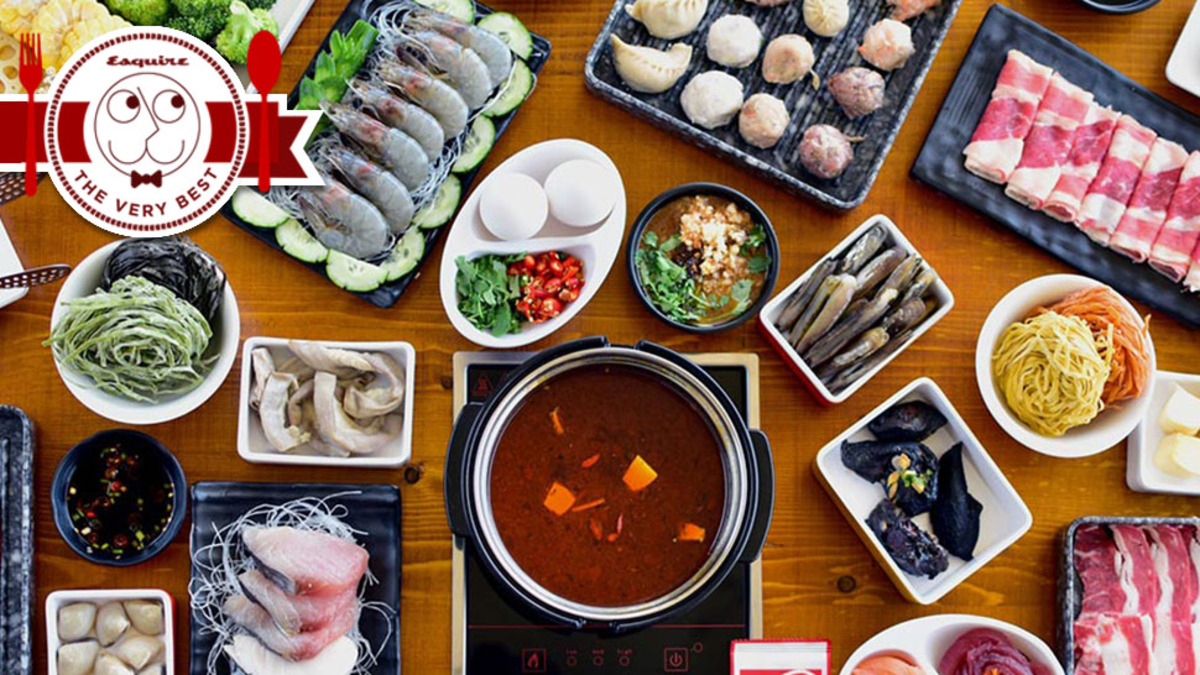

Articles
How Much Is A Hot Pot
Modified: January 6, 2024
Discover the latest articles on how much a hot pot costs and get valuable insights into pricing trends, tips, and factors to consider when buying the perfect hot pot for your culinary adventures.
(Many of the links in this article redirect to a specific reviewed product. Your purchase of these products through affiliate links helps to generate commission for Storables.com, at no extra cost. Learn more)
Introduction
Welcome to the mouth-watering world of hot pots! If you’re a food lover, then you’re in for a treat. Hot pot, also known as shabu-shabu or steamboat, is a popular culinary tradition that originated in China and has now spread across the globe. It is a cooking method that involves simmering a variety of fresh ingredients in a flavorful broth, creating a delicious and interactive dining experience.
Hot pot is more than just a meal; it’s a social event. Whether you’re dining with friends, family, or colleagues, hot pot brings people together around a shared table, encouraging conversation and connection. The beauty of hot pot lies in its versatility – you can customize your dining experience by choosing from a wide selection of meats, vegetables, noodles, and condiments. It’s a fun and interactive way to explore different flavors and textures.
In this article, we will delve into the fascinating world of hot pots, exploring its history, the different types of hot pots, the essential ingredients, and how you can recreate this delightful culinary experience at home. We will also highlight some popular hot pot restaurants where you can satisfy your hot pot cravings. But before we dive in, let’s take a step back and explore the origins of hot pot.
Key Takeaways:
- Hot pot is more than just a meal; it’s a social event that brings people together around a shared table, encouraging conversation and connection. Its versatility allows for a fun and interactive exploration of different flavors and textures.
- Hot pot offers a wide range of health benefits, including nutrient-rich ingredients, controlled portion sizes, low-fat cooking methods, increased vegetable consumption, hydration, and social and emotional well-being. It’s a customizable and inclusive dining option that promotes overall well-being.
Read more: How To Do Hot Pot In Instant Pot
What is a Hot Pot?
A hot pot, also known as a steamboat or shabu-shabu, is a communal dining experience that involves cooking a variety of ingredients in a simmering pot of flavored broth. It originated in China and has become a beloved culinary tradition in many Asian countries and beyond.
The concept of hot pot is simple yet brilliant. A portable stove or induction cooker is placed in the center of the dining table, and a pot filled with broth is heated on top. The broth can be flavored with a variety of ingredients such as herbs, spices, mushrooms, or even seafood to create a rich and aromatic base.
Once the broth reaches a simmer, a selection of raw ingredients such as thinly sliced meat, seafood, vegetables, and noodles are added to the pot. Each person at the table then takes turns cooking their desired ingredients in the hot broth. The cooking process is quick, usually taking just a few minutes, allowing the ingredients to retain their freshness and flavors.
What makes hot pot unique is the interactive and communal aspect of the dining experience. As the ingredients are cooked, they are usually shared amongst the diners. This creates a sense of camaraderie and encourages conversation as everyone gathers around the pot, eagerly waiting for their turn to dip their chosen morsel into the simmering broth.
Hot pot also offers a wide range of customization options. Diners can experiment with different combinations of ingredients and flavors by choosing from a variety of meats like beef, lamb, or pork, an assortment of vegetables, mushrooms, and seafood. Additionally, condiments such as chili sauce, soy sauce, garlic, and sesame oil are often provided to further enhance the flavors.
Whether enjoyed in the comfort of one’s home or at a bustling restaurant, hot pot provides a unique and enjoyable dining experience. It is a fantastic way to bring people together, share delicious food, and create lasting memories. Now that we understand what hot pot is, let’s take a journey back in time and explore its fascinating history.
History of Hot Pot
The history of hot pot can be traced back thousands of years to ancient China. It was originally a cooking technique used by nomadic tribes who needed a convenient and efficient way to prepare their meals.
Legend has it that during the Tang Dynasty (618-907 AD), a group of Mongolian warriors would cook their meals by boiling meat in their helmets over an open fire. This practical method allowed them to prepare food quickly and efficiently while on the move.
As time went on, hot pot became more refined and evolved into the communal dining experience that we know today. It gained popularity during the Qing Dynasty (1644-1912 AD), where it became a favorite among the imperial court and upper-class society.
The popularity of hot pot continued to spread throughout China, with various regions developing their own distinctive styles and flavors. For example, Sichuan hot pot is known for its spicy and numbing flavors, while Cantonese hot pot tends to be milder and focuses on the freshness of the ingredients.
Today, hot pot has transcended borders and is enjoyed by people all over the world. It has gained popularity in countries such as Japan, Korea, Thailand, and the United States, each putting their unique spin on this beloved culinary tradition.
The rise of hot pot restaurants in recent years has also contributed to its popularity. These establishments create a vibrant and lively atmosphere, often with an extensive selection of ingredients and a wide range of broth choices to cater to different tastes and dietary preferences.
Hot pot has become more than just a meal; it is now a social experience that brings people together. Whether it’s a family gathering, a night out with friends, or a celebration, hot pot provides a fun and interactive way to enjoy a meal while fostering conversation and connection.
As hot pot continues to evolve and adapt to different cultures and tastes, it remains deeply rooted in tradition and holds a special place in the hearts of food enthusiasts around the world.
Types of Hot Pot
Hot pot comes in various styles and flavors, influenced by different regions and culinary traditions. Here are some popular types of hot pot that you can savor:
- Sichuan Hot Pot: Known for its bold and spicy flavors, Sichuan hot pot is a fiery and tongue-numbing experience. The broth is infused with Sichuan peppercorns, chili peppers, and a variety of aromatic spices. It is perfect for those who love the heat and enjoy a tingling sensation on their taste buds.
- Cantonese Hot Pot: Cantonese hot pot focuses on the freshness and natural flavors of the ingredients. The broth is usually light and clear to allow the ingredients to shine. It often includes an array of seafood such as fish, shrimp, and scallops. It is a popular choice for those who prefer a milder and more delicate flavor profile.
- Mongolian Hot Pot: As one of the earliest forms of hot pot, Mongolian hot pot stays true to its roots. The broth is simple yet flavorful, often made with meat stock and aromatic herbs. The thinly sliced meats, lamb being a popular choice, are the star of this style of hot pot.
- Japanese Shabu-Shabu: Shabu-Shabu is a popular variation of hot pot in Japan. The name “shabu-shabu” comes from the sound generated when slices of meat are swished in the boiling broth. The broth is usually made with kombu (seaweed) or dashi (Japanese stock) and is accompanied by a selection of thinly sliced beef, pork, or seafood.
- Korean Jeongol: Jeongol is a Korean hot pot that combines various ingredients like meat, seafood, vegetables, and noodles in a rich broth. It is known for its hearty and flavorful taste. The broth is often made with gochujang (fermented chili paste) or soy sauce, giving it a distinct Korean flavor.
These are just a few examples of the wide variety of hot pots available. Each type offers a unique flavor experience, allowing you to explore different tastes and find your favorite. Hot pot truly offers something for everyone, catering to a range of preferences and dietary restrictions.
No matter which type you choose, the shared experience of gathering around a steaming pot, cooking and enjoying delicious ingredients together, is what makes hot pot so special.
Ingredients for Hot Pot
One of the joys of hot pot is the wide range of ingredients that can be enjoyed in the simmering broth. Here are some essential ingredients commonly used in hot pot:
- Meat: Thinly sliced meats, such as beef, pork, lamb, or chicken, are popular choices for hot pot. The thinly sliced cuts allow for quick cooking in the hot broth and result in a tender and flavorful texture.
- Seafood: Seafood lovers can indulge in a variety of options like shrimp, fish fillets, squid, mussels, or scallops. Seafood adds a delightful touch to the hot pot with its natural sweetness and delicate flavor.
- Vegetables: A colorful array of vegetables can enhance the nutritional value and vibrant presentation of the hot pot. Leafy greens like spinach, cabbage, and lettuce are commonly used. Mushrooms, such as shiitake, enoki, or oyster mushrooms, add an earthy flavor. Other vegetables like baby corn, snow peas, and bean sprouts can also be included.
- Tofu and Bean Curd: Tofu and bean curd are versatile ingredients that absorb the flavors of the broth. They provide a light and soft texture and can be a great source of protein for vegetarians or those looking for alternative options.
- Noodles: Adding noodles to the hot pot creates a satisfying and filling component to the meal. Popular choices include rice noodles, glass noodles, udon noodles, or thin vermicelli noodles.
- Dipping Sauces and Condiments: Dipping sauces and condiments add an extra level of flavor to the hot pot. Some common options include soy sauce, chili sauce, sesame oil, chopped garlic, cilantro, green onions, or crushed peanuts. Diners can mix and match these condiments to create their desired dipping sauce.
These are just a few examples of the ingredients you can incorporate into your hot pot. The beauty of hot pot lies in the flexibility to customize your dining experience. Feel free to experiment with different combinations of ingredients to suit your taste preferences.
It’s important to note that while hot pots are highly customizable, it’s always a good idea to consider the dietary restrictions and preferences of your dining companions. This ensures that everyone can enjoy the hot pot experience to the fullest.
Next, let’s explore how you can bring the hot pot experience to your own home by making hot pot from scratch.
When dining at a hot pot restaurant, keep in mind that the price can vary depending on the type of ingredients and the size of the portion. Be sure to check the menu for pricing options and ask about any additional charges.
Read more: How To Clean Hot Pot
How to Make a Hot Pot at Home
Creating a hot pot experience at home is easier than you might think. Here’s a step-by-step guide to help you make a delicious hot pot:
- Choose a Hot Pot Base: Start by selecting a flavorful broth to serve as the base of your hot pot. You can make your own broth by simmering ingredients such as chicken or beef bones, vegetables, and aromatic herbs. Alternatively, you can find pre-made broth bases in Asian supermarkets.
- Prepare the Ingredients: Gather an assortment of ingredients to cook in the hot pot. Thinly slice your choice of meats, such as beef, pork, or chicken. Prepare an array of seafood like shrimp, fish fillets, and squid. Clean and chop vegetables, mushrooms, and tofu into bite-sized pieces. Arrange the ingredients on a platter for easy access.
- Set Up the Hot Pot: Position a portable electric or gas stove in the center of your dining table. Place a hot pot or a large pot with a divider on top of the stove. Fill the pot with the chosen broth and bring it to a gentle simmer.
- Cooking the Ingredients: While the broth is simmering, invite your guests to take turns cooking ingredients in the hot pot. Each person can use a small mesh strainer or a fondue fork to dip their chosen ingredients into the simmering broth. Cooking times may vary, so monitor the doneness of the ingredients as they cook.
- Enjoying the Hot Pot: Once the ingredients are cooked to perfection, diners can use chopsticks or slotted spoons to retrieve their cooked items from the broth. Serve the cooked ingredients on individual plates or let everyone help themselves from the shared pot. Don’t forget to dip the cooked ingredients in your choice of dipping sauces or condiments for added flavor.
- Replenish the Broth: As the hot pot progresses and the broth reduces, you may need to add more broth to maintain the desired level. You can keep a backup of broth nearby to replenish as needed.
- Enjoy the Experience: Gather your friends and family around the table as you savor the delicious hot pot meal. The interactive nature of hot pot encourages conversation and creates a memorable dining experience.
Remember, the beauty of hot pot is the opportunity to customize the ingredients and flavors based on personal preferences. Feel free to experiment with different combinations and adjust the heat level of the broth to suit your taste.
With these simple steps, you can bring the delightful experience of hot pot to your home and create lasting memories with your loved ones.
Next, let’s discover some popular hot pot restaurants where you can indulge in this culinary delight.
Popular Hot Pot Restaurants
When it comes to hot pot, there are many fantastic restaurants around the world that offer top-notch dining experiences. Here are a few popular hot pot restaurants to consider:
- Haidilao: Haidilao is a renowned hot pot chain originating from China and now with locations worldwide. They are known for their exceptional service, extensive selection of ingredients, and flavorsome broths. Haidilao provides a premium dining experience that focuses on quality and customer satisfaction.
- Momo Paradise: Founded in Japan, Momo Paradise has expanded globally, delighting hot pot enthusiasts with their all-you-can-eat hot pot concept. They offer a variety of broths and a wide selection of fresh ingredients, ensuring a satisfying and unlimited dining experience.
- The Boiling Crab: This popular seafood restaurant with locations in the United States combines the concept of hot pot with Cajun flavors. You can indulge in a hot pot-style seafood boil, where fresh seafood is cooked in a spicy and flavorful broth, then served alongside delicious side dishes.
- Huo Guo Shi Tang: With locations in Singapore and Malaysia, Huo Guo Shi Tang offers a wide range of flavorful broths and a vast selection of ingredients, including premium cuts of meat and fresh seafood. Their commitment to quality and taste has made them a go-to spot for hot pot lovers in the region.
- Little Sheep Mongolian Hot Pot: Originating from Inner Mongolia, Little Sheep has gained international recognition for its authentic Mongolian hot pot experience. They offer a variety of broths, including spiced and clear options, and a vast selection of ingredients. It’s a great place to savor the traditional flavors of Mongolian-style hot pot.
These are just a few examples of popular hot pot restaurants that have gained recognition for their high-quality ingredients, flavorful broths, and enjoyable dining experiences. Exploring local hot pot restaurants in your area can provide a unique opportunity to discover hidden gems and savor the diverse flavors of hot pot.
Remember to check the restaurant’s opening hours and make reservations if necessary, as hot pot establishments can be quite popular and busy, especially during peak dining times.
Now that we’ve explored some popular hot pot restaurants, let’s dive into the health benefits that hot pot offers.
Health Benefits of Hot Pot
Hot pot not only offers a delightful dining experience but also provides several health benefits. Here are some of the key advantages of enjoying hot pot:
- Nutrient-Rich Ingredients: Hot pot is typically filled with a variety of fresh ingredients, including vegetables, lean meats, seafood, and tofu. These ingredients are rich in essential nutrients like vitamins, minerals, and antioxidants, which contribute to overall health and well-being.
- Controlled Portion Sizes: Hot pot allows individuals to control their portion sizes. Since ingredients are cooked and served in individual portions, it helps in preventing overeating and promotes portion control for better calorie management.
- Low-Fat Cooking Method: Hot pot involves simmering ingredients in broth rather than frying or sautéing them in oil. This makes it a healthier cooking method as it reduces the overall fat content of the dish while retaining the natural flavors and textures of the ingredients.
- Increased Vegetable Consumption: Hot pot provides an excellent opportunity to increase your vegetable intake. With a variety of vegetables available for cooking in the hot pot, it encourages individuals to incorporate more plant-based foods into their diet, boosting overall nutrient intake and promoting a balanced diet.
- Hydration and Digestion: The hot pot broth keeps diners hydrated throughout the meal. Additionally, the warm broth can aid in digestion by promoting the breakdown of food and easing the absorption of nutrients.
- Social and Emotional Well-being: Hot pot is not just about the food; it’s also about the shared experience and social interaction. Gathering around a simmering pot, cooking and enjoying a meal together, strengthens bonds, reduces stress, and promotes emotional well-being.
- Customizable and Allergen-Friendly: Hot pot allows individuals with specific dietary needs or allergies to tailor their meal. With a wide selection of ingredients to choose from, it’s easier to accommodate dietary restrictions and preferences, making it a versatile and inclusive dining option.
While hot pot offers numerous health benefits, it’s essential to keep in mind that certain factors, such as the type of broth and the amount of sodium or oil used, can impact the overall nutritional value of the meal. Choosing lighter broths, reducing added sauces, and incorporating a balanced selection of ingredients can help optimize the health benefits of hot pot.
Remember, moderation is key. Enjoy hot pot as part of a well-rounded diet and embrace the communal nature of the experience, making it a joyful and health-conscious choice.
Now that we’ve explored the health benefits, let’s dive into the etiquette and customs surrounding hot pot.
Hot Pot Etiquette
When partaking in a hot pot dining experience, it’s important to keep in mind certain etiquette and customs to ensure a pleasant and enjoyable meal for all. Here are some etiquette tips to follow:
- Wait for the Broth to Heat: It’s customary to wait for the broth to reach a simmer before adding ingredients. This ensures that the broth is flavorful and cooked to the right temperature.
- Cook in Small Batches: To maintain the optimal taste and texture of the ingredients, cook small portions at a time. This allows for even cooking and prevents overcrowding of the pot.
- Use Common Utensils: Hot pots often provide communal utensils, such as mesh strainers or fondue forks, for cooking the ingredients. Use these utensils rather than your personal cutlery to avoid cross-contamination.
- Be Respectful of Cooking Times: Different ingredients have varying cooking times. Be mindful of how long each ingredient needs to cook and avoid overcooking or undercooking them.
- Share and Communicate: Hot pot is a shared dining experience. Be considerate and share ingredients with others at the table. Communicate openly about the ingredients you’d like to add or try, promoting an inclusive and engaging atmosphere.
- Mindful of Hygiene: Practice good hygiene by using the provided hand sanitizers or washing your hands before and during the meal. Additionally, avoid using your personal chopsticks or utensils to grab ingredients from the shared pot.
- Enjoy the Broth: Towards the end of the meal, the broth becomes flavorful and infused with the various ingredients cooked in it. It’s common for diners to enjoy a bowl of the broth as a soup to savor the delicious flavors.
- Respect the Pace of the Meal: Hot pot is meant to be enjoyed at a leisurely pace. Take your time, savor each bite, and engage in conversations with your dining companions. Allow the meal to unfold naturally without rushing through it.
- Clean Up Afterward: It’s customary to help clean the table and put away utensils and dishes once the meal is finished. Offer assistance and cooperate with others to ensure a pleasant dining environment for everyone.
Following these etiquette guidelines will enhance your hot pot dining experience, allowing you to fully embrace the communal spirit and cultural traditions associated with this beloved culinary tradition.
Now that we’ve covered hot pot etiquette, let’s conclude our journey through the world of hot pot.
Read more: What Is A Hot Pot?
Conclusion
Hot pot, with its rich history, diverse variations, and interactive dining experience, has captivated the taste buds and hearts of food enthusiasts worldwide. From its humble origins as a practical cooking method to its evolution into a cherished cultural tradition, hot pot continues to bring people together and create unforgettable dining experiences.
Throughout this article, we explored the essence of hot pot, from understanding what it is to discovering its various types and the essential ingredients that make it so enticing. We also learned how to recreate the hot pot experience at home and explored popular hot pot restaurants that offer exceptional dining experiences.
Aside from the sheer enjoyment of sharing a delicious meal, hot pot offers a range of health benefits. With its focus on fresh ingredients, controlled portion sizes, and low-fat cooking techniques, hot pot provides a nutritious and customizable dining option. Moreover, the communal nature of hot pot promotes social and emotional well-being, creating opportunities for connection and shared moments with loved ones.
As you embark on your own hot pot adventure, remember to embrace the customs and etiquette associated with this culinary tradition. Respectful behavior, mindful cooking, and consideration for others at the table will enhance your experience and create a harmonious atmosphere.
Whether you choose to indulge in a spicy Sichuan hot pot, savor the delicate flavors of Cantonese hot pot, or explore other regional variations, the world of hot pot is filled with endless possibilities. So gather your family and friends, prepare the freshest ingredients, and immerse yourself in the joyous and flavorful world of hot pot.
Now, it’s time to set the table, boil the broth, and embark on a culinary journey that will awaken your senses and create memories to last a lifetime. Enjoy your hot pot adventure!
Frequently Asked Questions about How Much Is A Hot Pot
Was this page helpful?
At Storables.com, we guarantee accurate and reliable information. Our content, validated by Expert Board Contributors, is crafted following stringent Editorial Policies. We're committed to providing you with well-researched, expert-backed insights for all your informational needs.
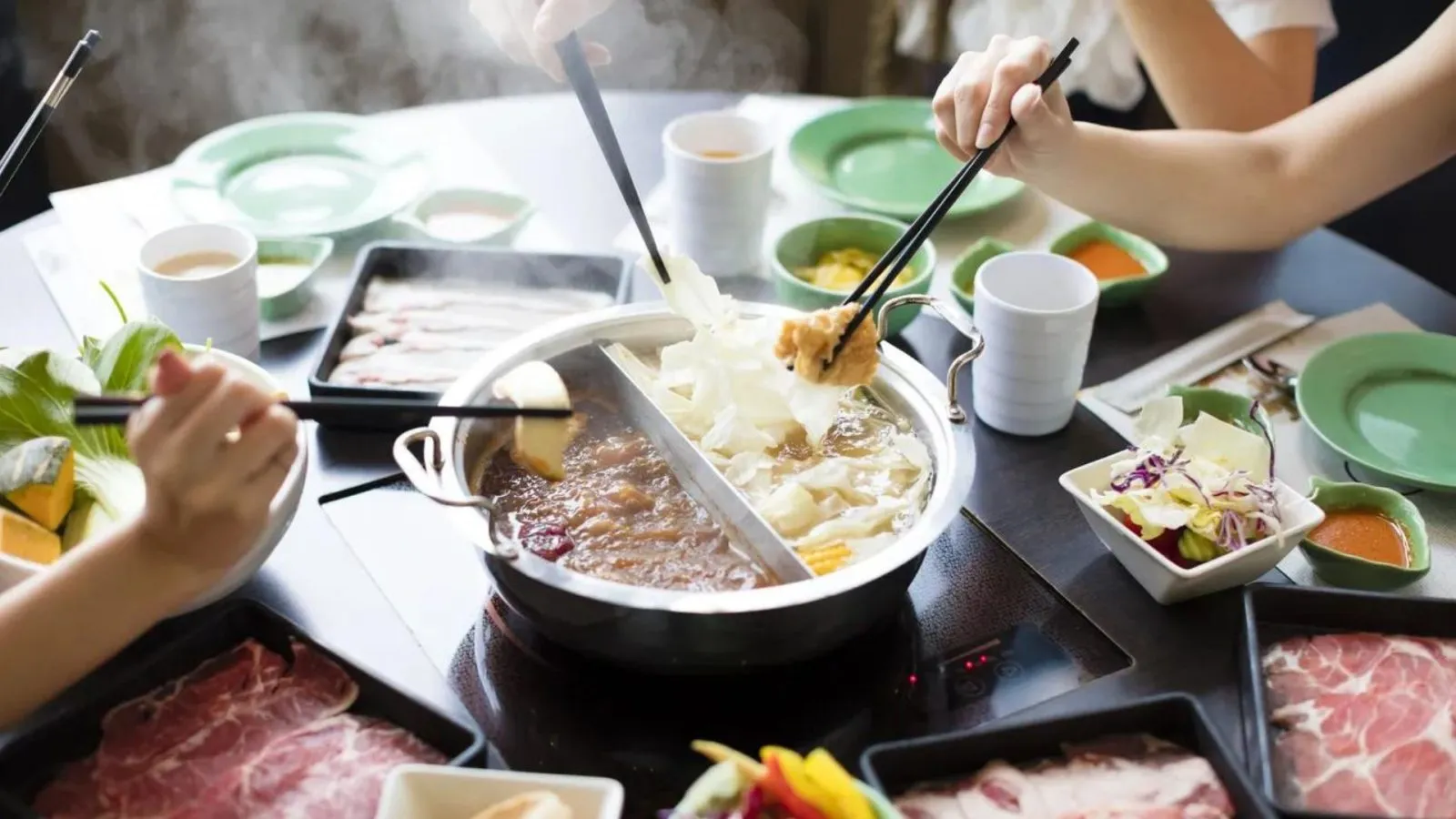
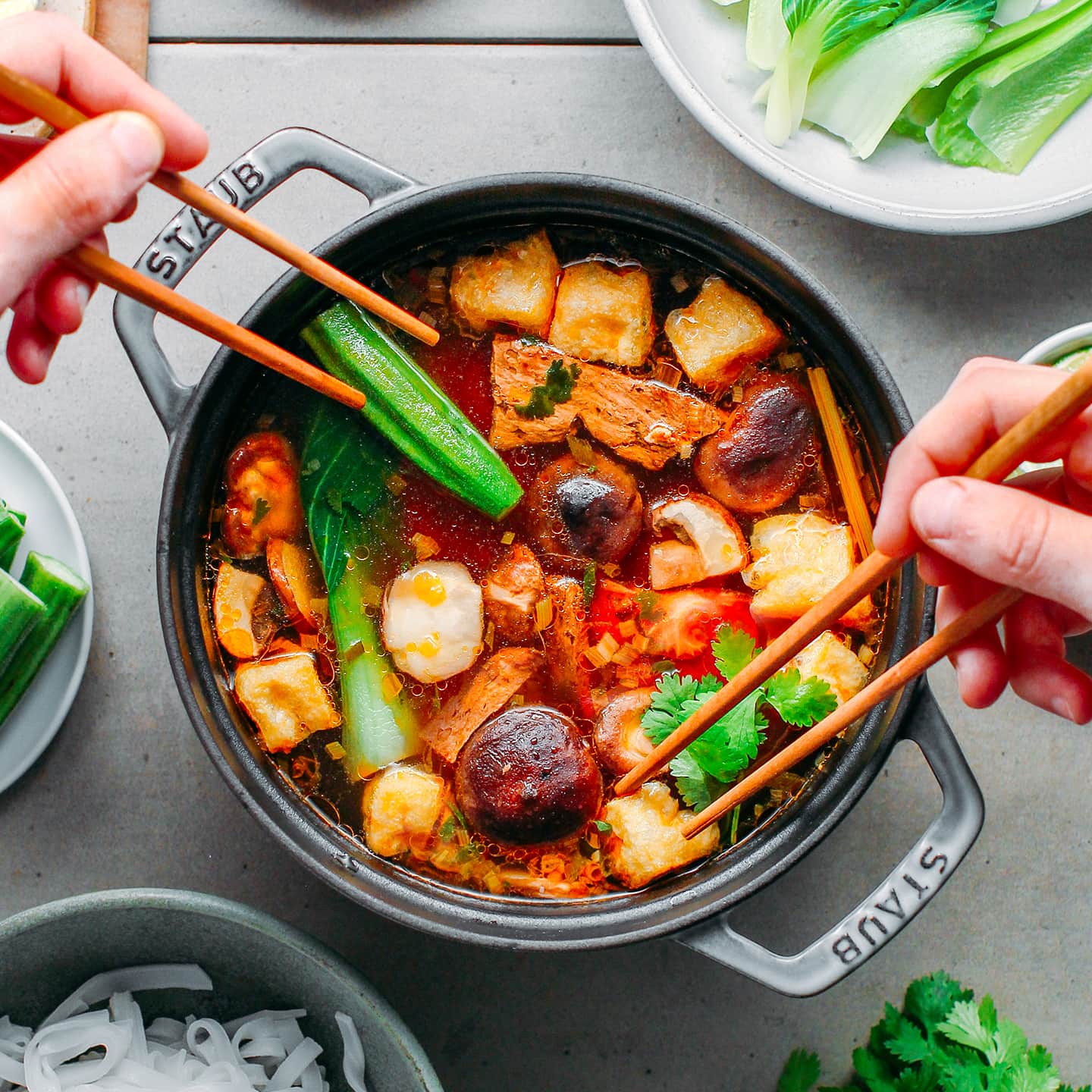
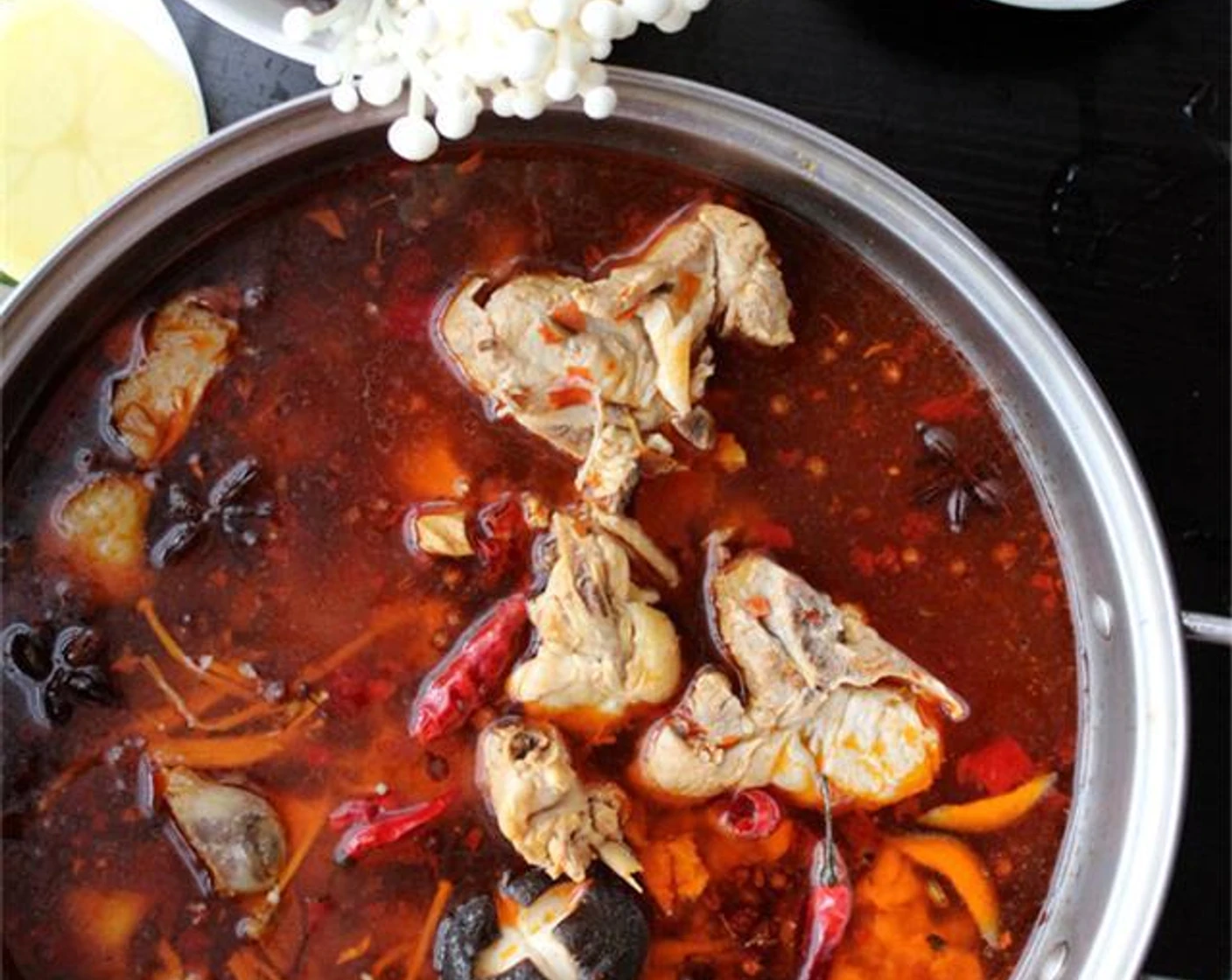
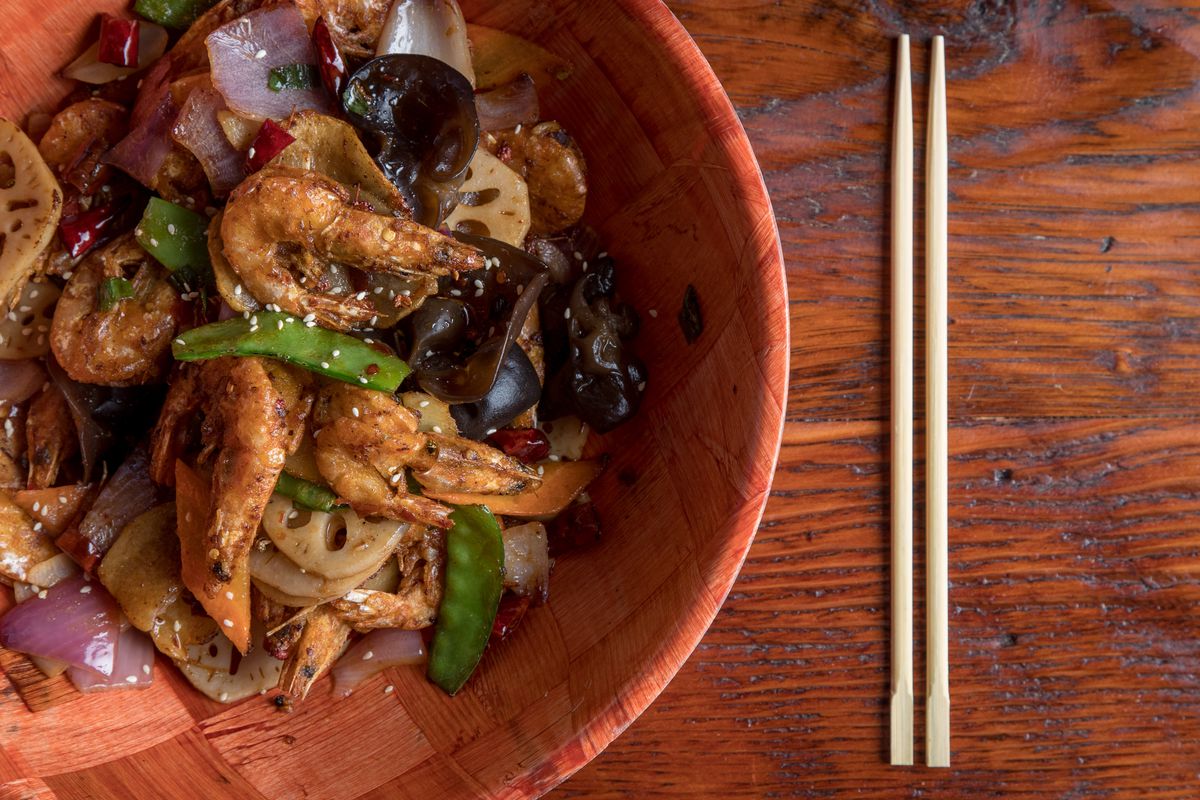
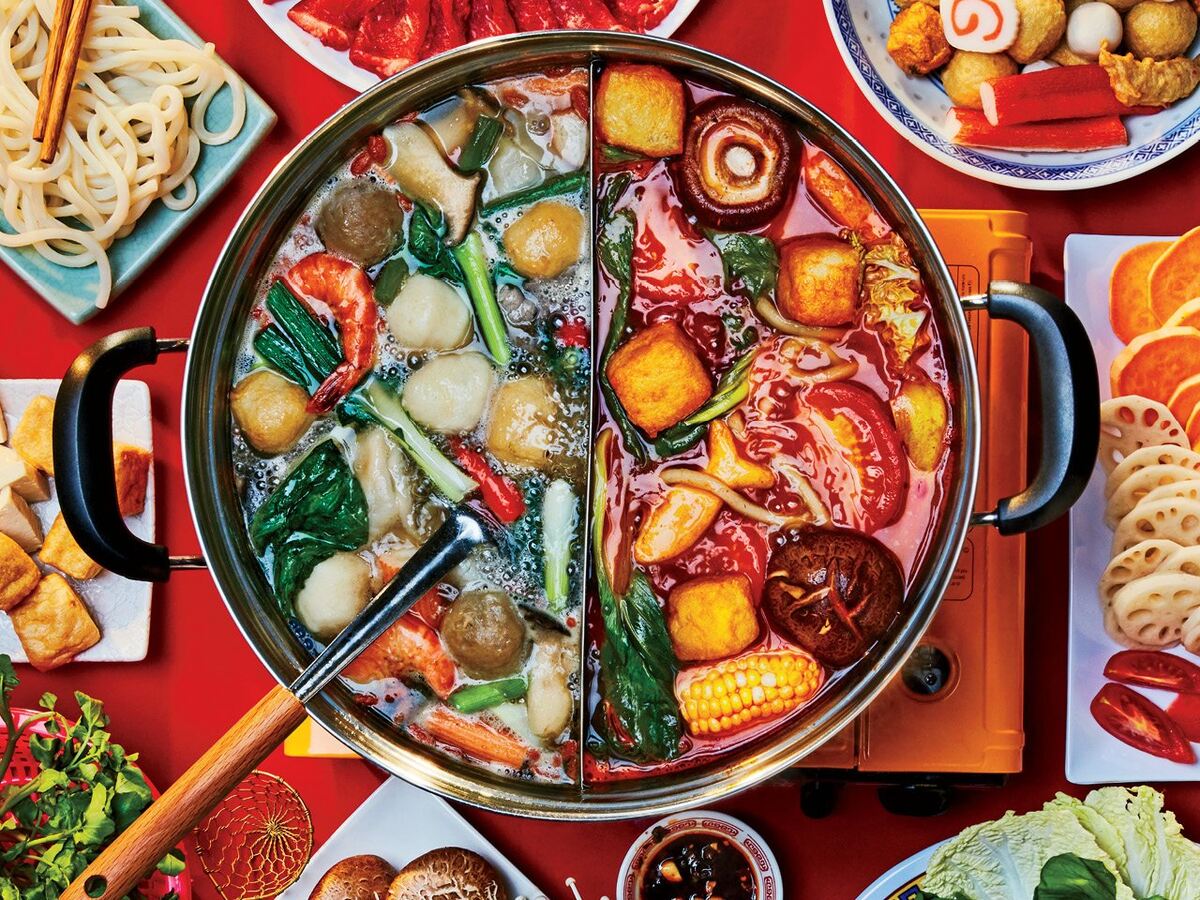
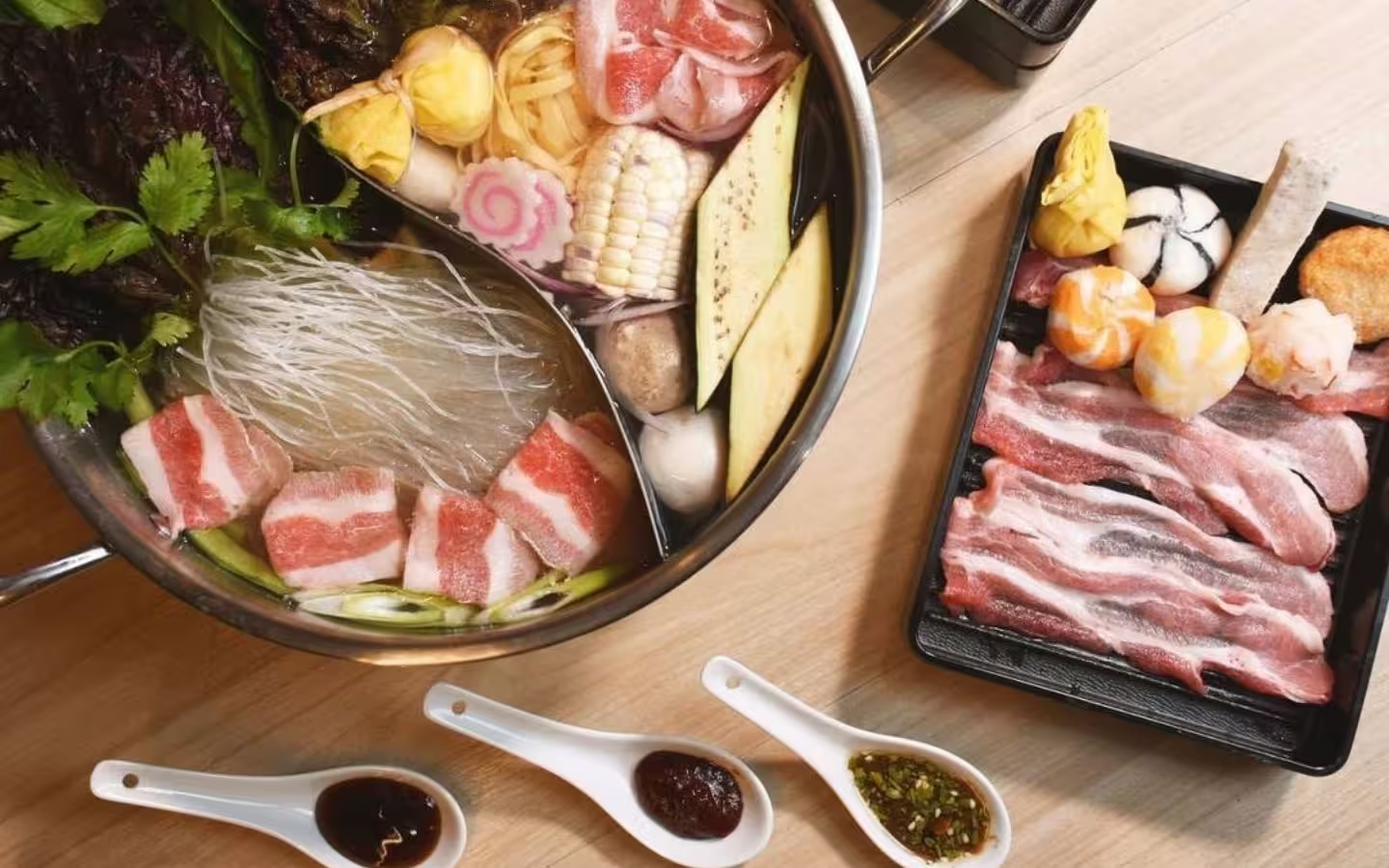
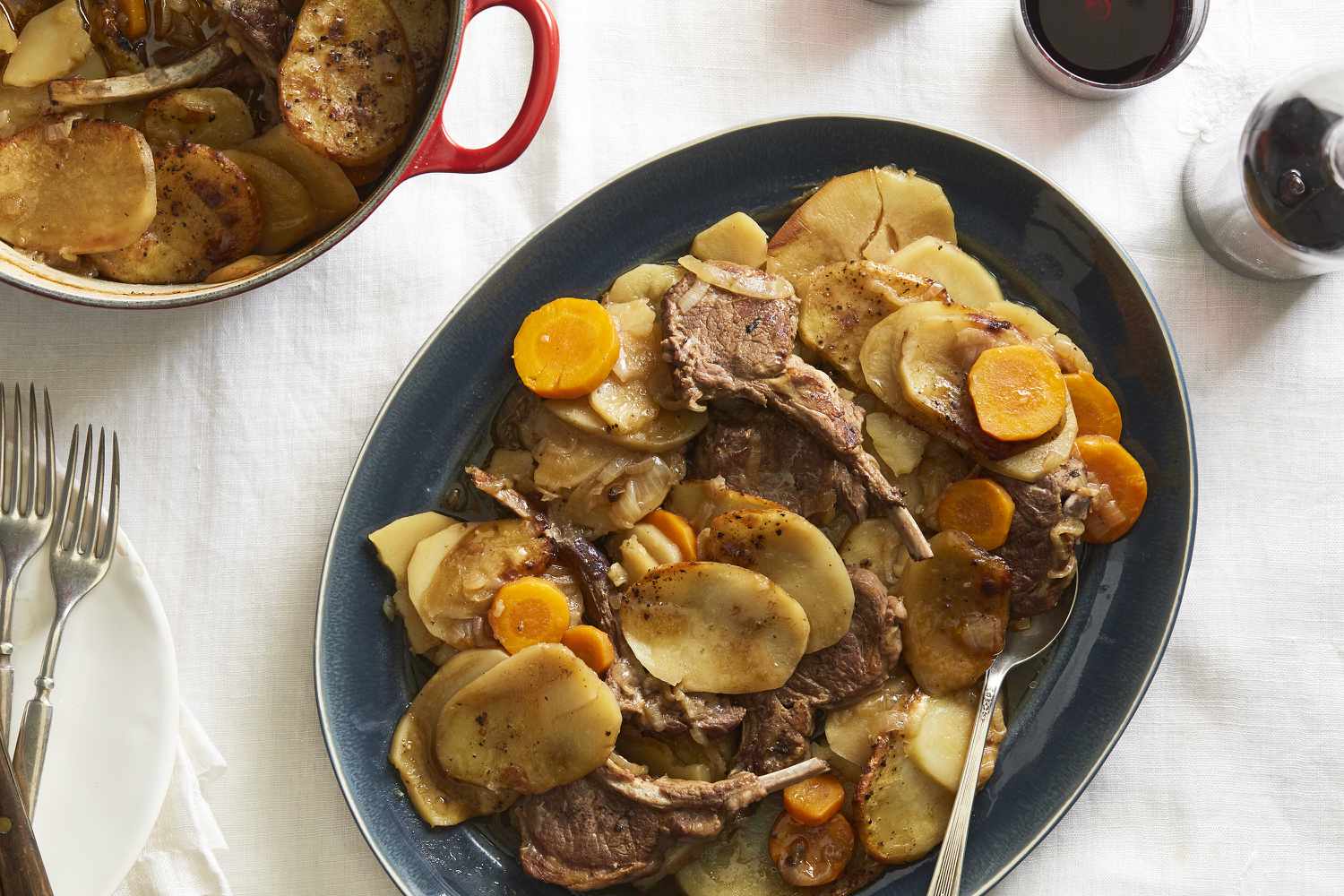

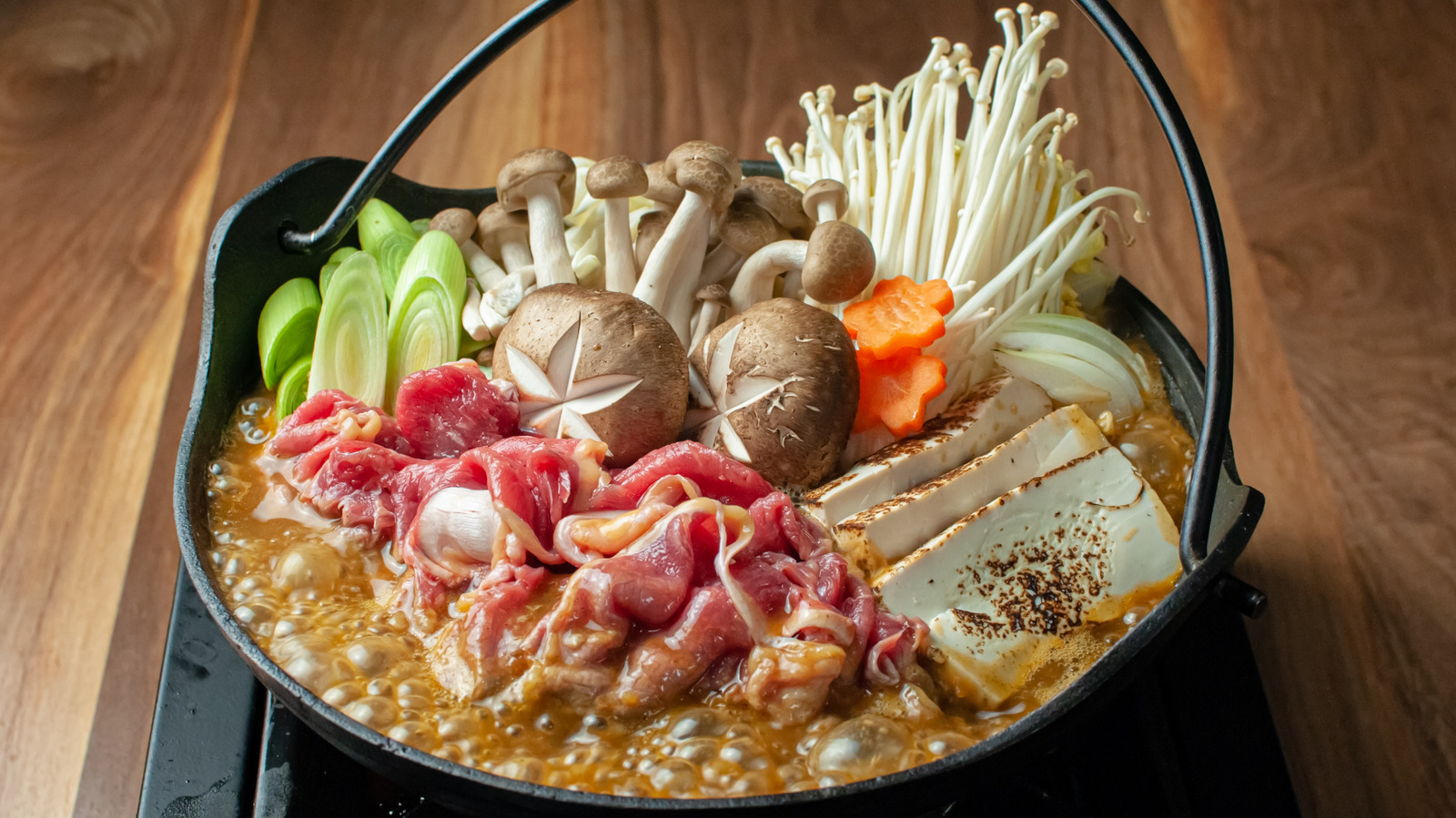
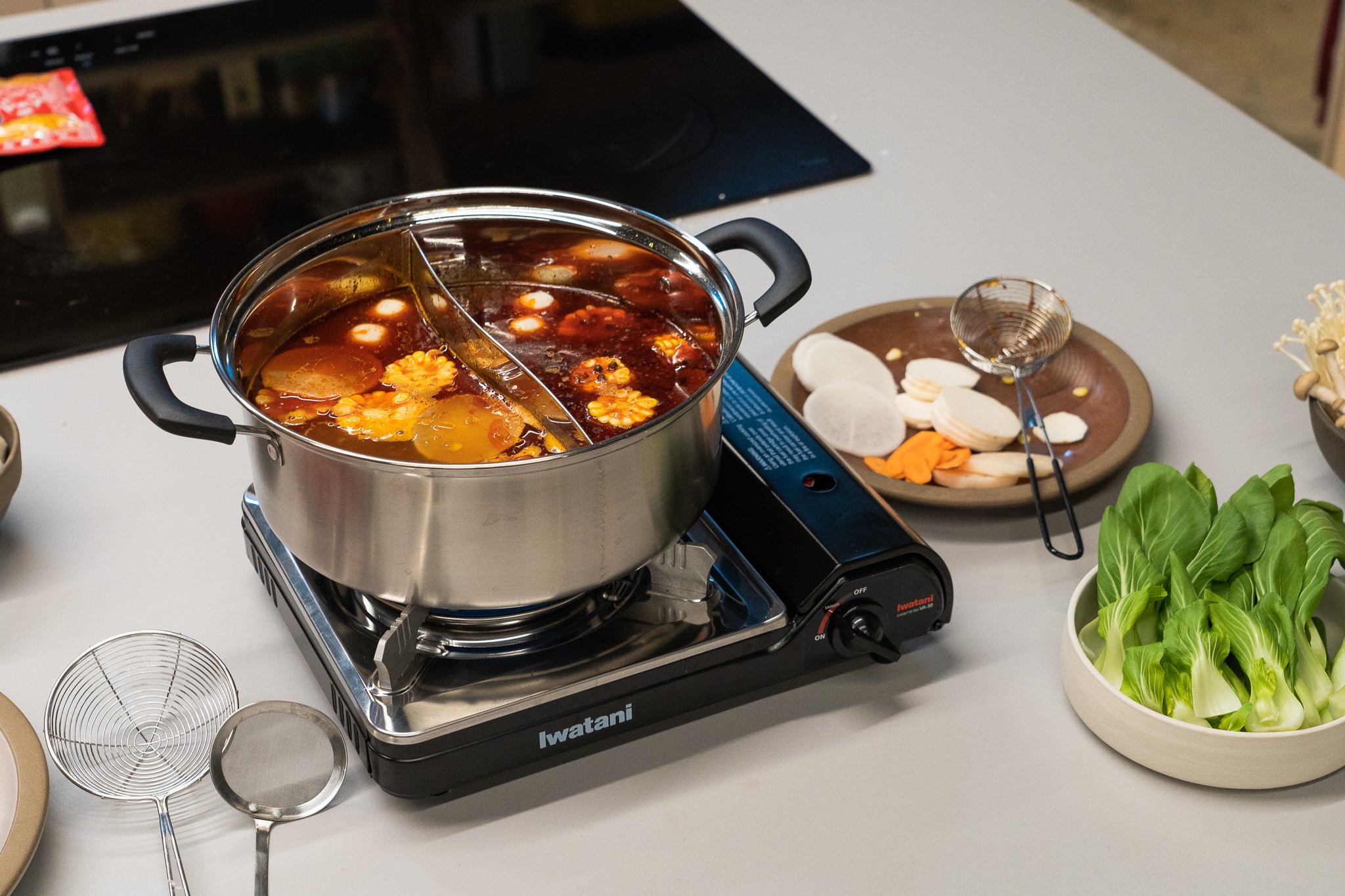
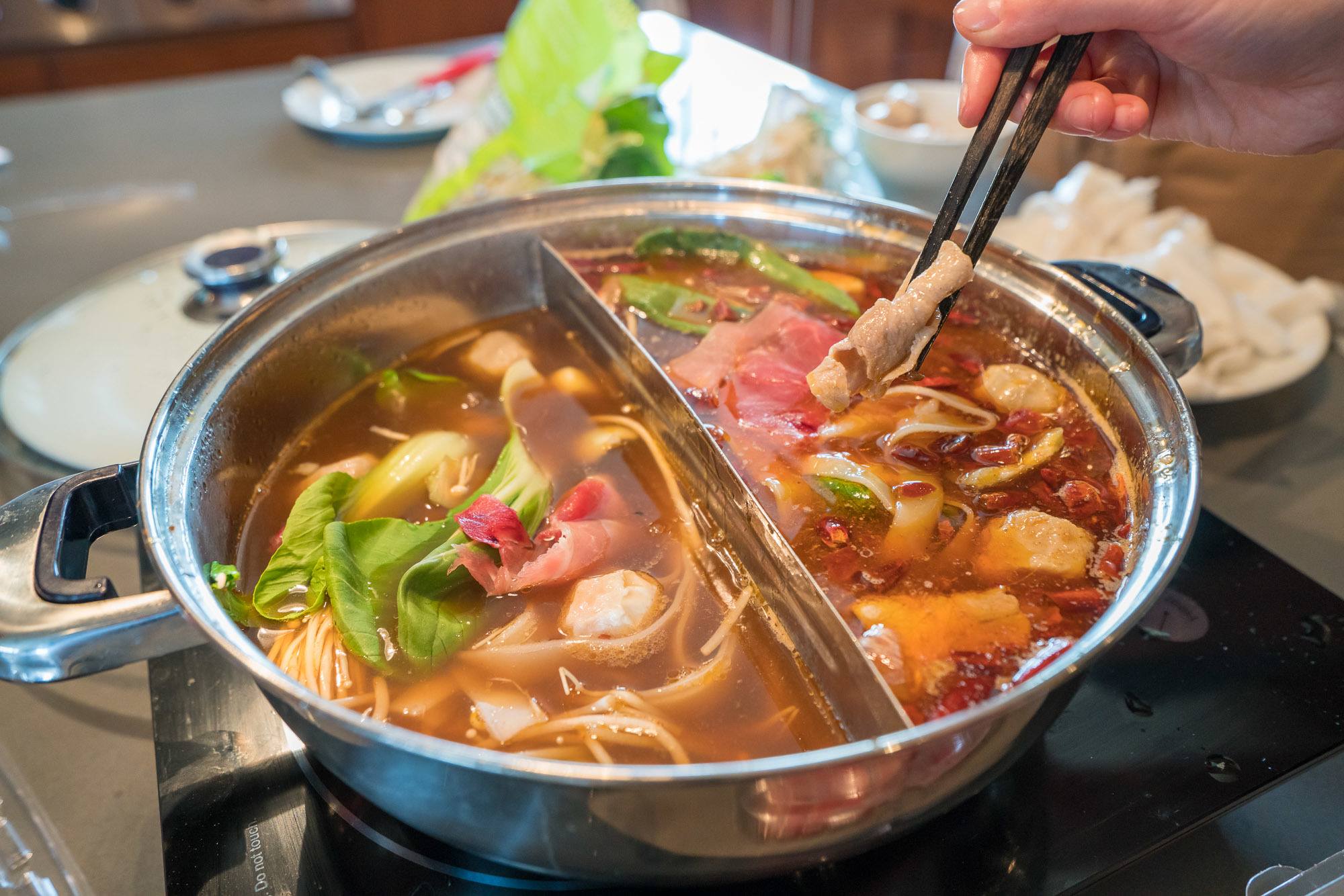
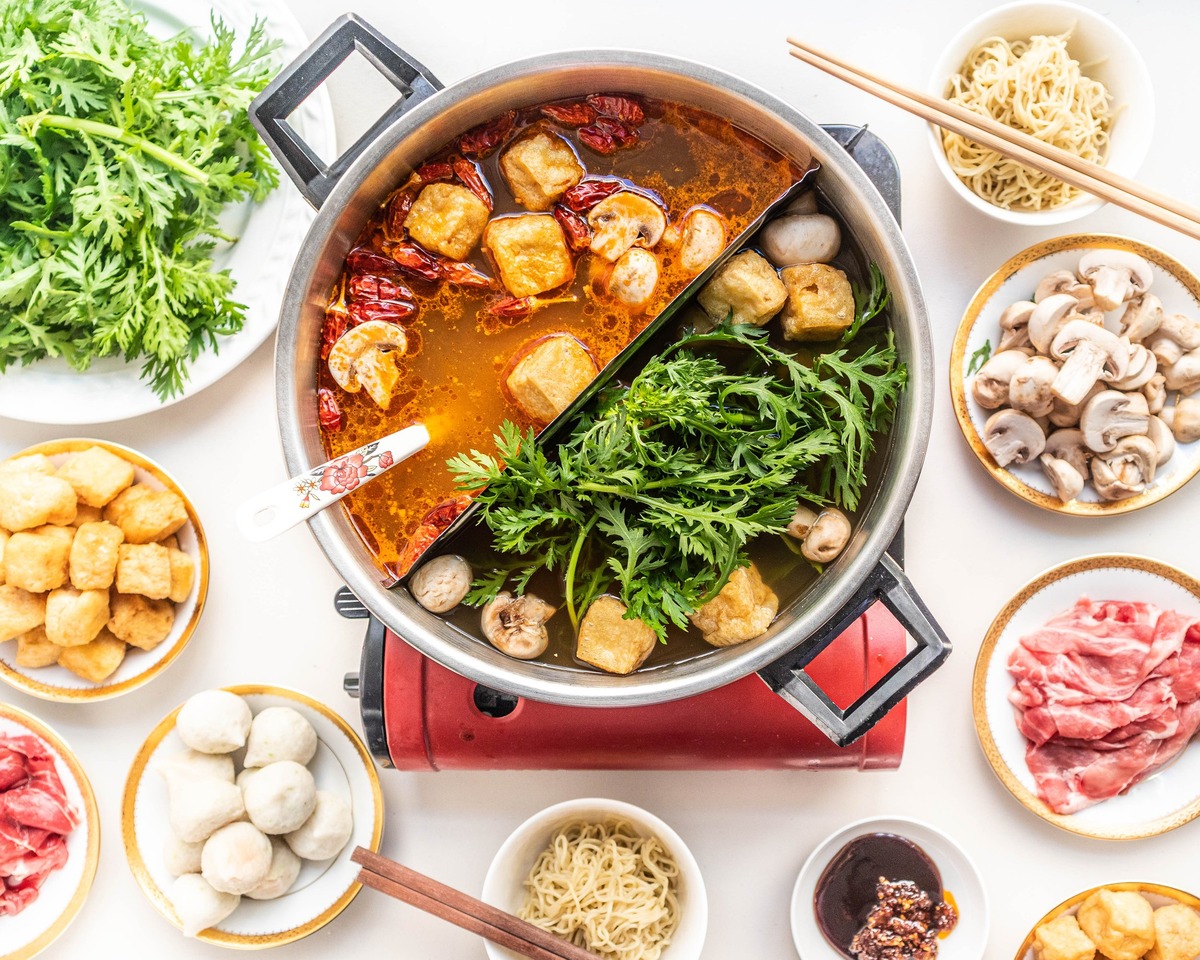
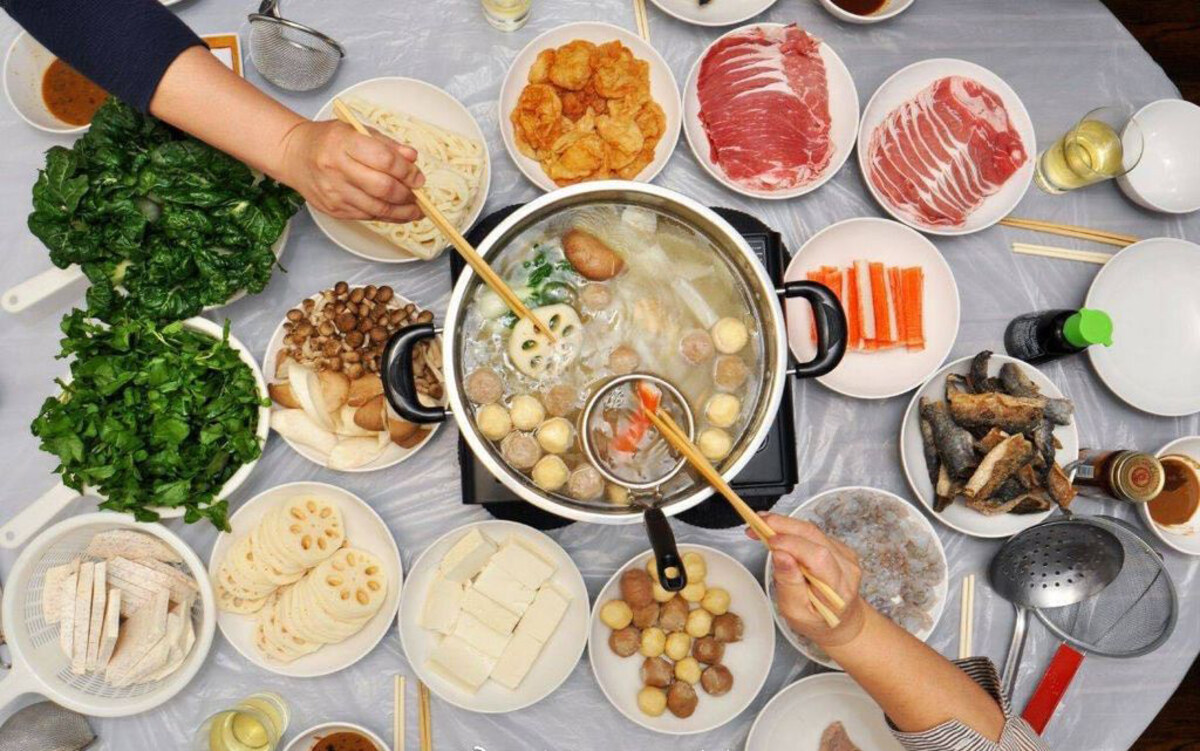

0 thoughts on “How Much Is A Hot Pot”